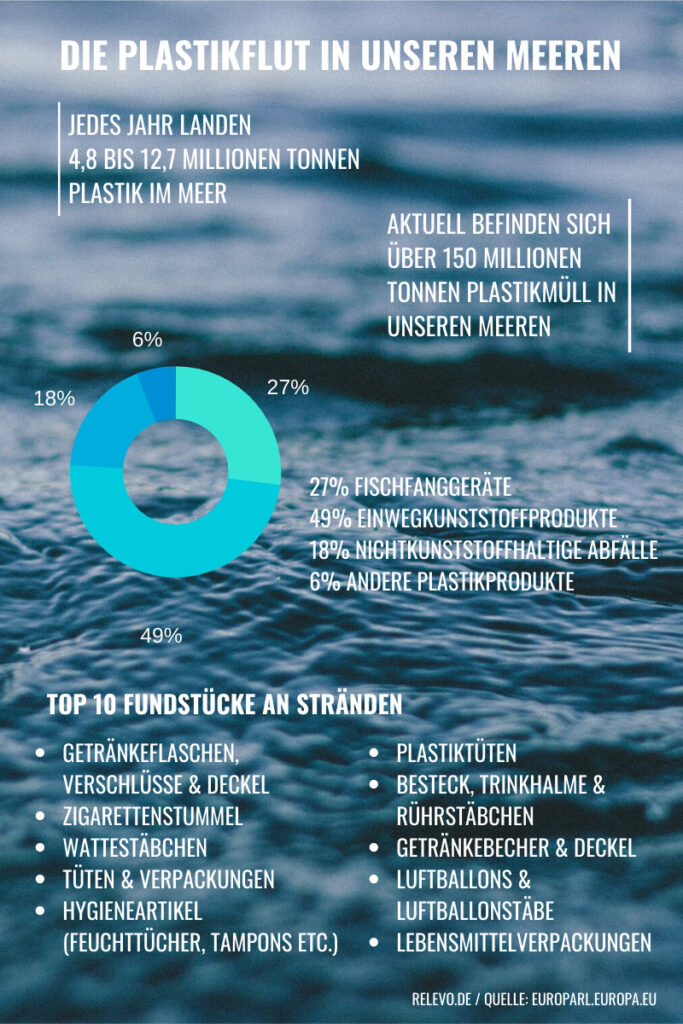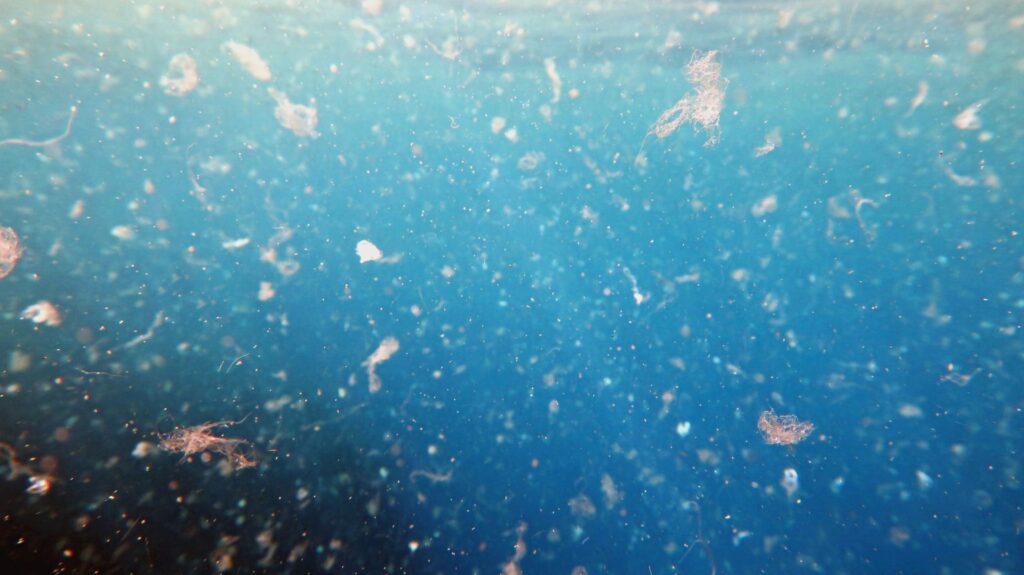DISPOSABLE WASTE - A GLOBAL PROBLEM
Since Greta Thunberg came onto the scene at the latest, climate and environmental protection has once again become a major focus of public attention. The topic is widely and sometimes controversially discussed, but can no longer be denied. Plastic waste in particular plays a major role in this. In this article, we will explore the background for you.
PLASTIC - YOURS FOREVER
No matter where you look, plastic can be found in a huge number of everyday objects. It’s not just the famous PET bottle, but also salad packaging, toothbrushes, ballpoint pens, name badges at conferences, mobile phone covers and disposable packaging materials. All things that end up in the bin at some point. Which means that these items, as practical as they may be, become an environmental burden. Even fleece and other items of clothing made from synthetic materials contain plastic particles that are released into the environment with every wash.
Plastic does not behave like compost or paper, it does not decompose and does not break down over time. Instead it merely breaks down and becomes microplastic. And even a plastic bag alone needs 20 years to do this, a plastic cup 50 years and a plastic bottle a whole 450 years.
Moreover, a significant proportion of plastic waste ends up in the ocean at some point, leading to an ever-increasing amount of litter in the world’s oceans. This not only threatens the environment, but ultimately also us – in the long term.

A SEA OF PLASTIC
The mass distribution of single-use plastic, coupled with the underdeveloped system for collecting and processing plastic waste, is leading to an increasing amount of plastic waste ending up in our oceans. But that’s not all: the flood of plastic also threatens rivers, soils and ice and ultimately ends up as microplastics in the air we breathe and the food we eat.
In 2010, for example, land-based plastic waste entering the oceans already amounted to 8 million tonnes and forecasts predict that this will rise to a total of up to 250 million tonnes by 2025. The oceans are already choking on plastic and both marine vegetation and animals living in the sea are paying the price.

In emerging and developing countries in particular, but also in Germany, a large proportion of waste cannot be disposed of and recycled properly. As a result, waste accumulates and piles up on land and ultimately ends up in the sea via rivers. A lack of recycling options and the sheer volume of waste threaten to sink the earth into plastic, along with all its inhabitants.
PLASTIC AS FAR AS THE EYE CAN SEE – AND STILL FURTHER
When we talk about plastic in the oceans, its important to distinguish between different types and levels. We all know the images of beaches covered in plastic waste and of animals wrapped in plastic items such as bags, can holders or nets and choking on them.
However, there are also so-called plastiglomerates. These are formations of melted plastics, coral fragments, grains of sand and volcanic rock that are deposited on rocks and islands and can be considered as a kind of ‘rock’.
Last but not least, plastic in the oceans is not always visible to the human eye. This is because plastic not only sinks to the seabed, it is also broken down by wave action and UV light. In the process, it reaches an ever-increasing degree of fineness so that it ultimately floats in the water as a powder. As such, it is ingested by marine life, starting with plankton, and ends up in the entire food chain. And with it, the chemicals it contains. As early as 2011, a study stated that 88 percent of the world’s ocean surfaces are polluted with microplastics.

TIME TO MAKE A CHANGE - ONE-WAY BECOMES REUSABLE
In Germany, each of us produces around 130 kilos of plastic waste every year and only around 9 percent of this is recycled. This has to change if we don’t all want to suffocate in plastic. But where should we start?
It is important to remember that single-use plastic items make up the largest single group of waste on beaches and coasts. Drink bottles, cotton buds and plastic cutlery account for almost half of marine litter. It is therefore important to find new solutions for these single-use plastic items. This involves improving disposal and recycling options and changing our mindset about single-use items. Does the coffee cup really has to end up in the bin after one use? Do we really need four bags for four products? And wouldn’t our skin prefer natural materials over synthetics?
Relevo aims to make the take-away and delivery service market more environmentally friendly. With reusable to-go containers, we create the opportunity to live sustainability without extra effort – for all of us. With our Relevo reusable sets, you as a consumer or supplier and restaurant owner can make your own personal contribution to reducing environmental impact and become part of the zero waste movement. Simply use our reusable to-go containers for your takeaway or delivery and return them to one of our collection points after use. This means that no more disposable packaging ends up in the rubbish, instead it is prepared by us for reuse. 0% waste, 100% future.
